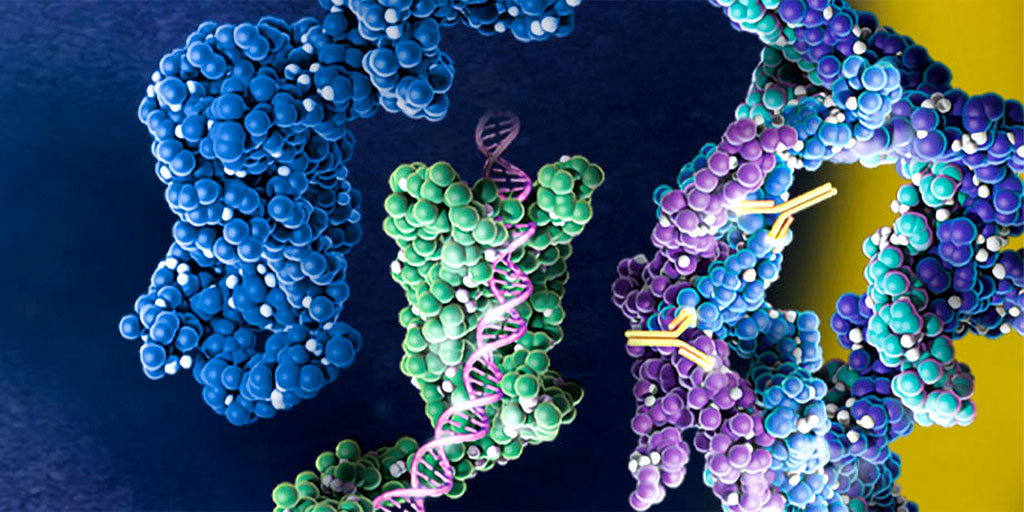
A new article in Nature Scientific Reports answers open questions about TOPBP1, a protein involved in repairing DNA double-strand breaks (DSBs). The study used cell-free protein expression and a unique DSB system to identify domains that were important for activation of a protein kinase.
TOPBP1 is a large (~180kDa) scaffold protein that is responsible for activating the ATR protein kinase. ATR promotes pathways that respond to DNA replication stress or DNA double-strand breaks (DSBs). TOPBP1 has nine copies of the BRCT domain, a critical signaling module in the DNA damage response. Previously, it was not known which BRCT domain on TOPBP1 was required for ATR signaling. A team at the University of Southern California used an experimental system to identify which of TOPBP1’s BRCT domains were essential for activating ATR at DSBs.
Their experimental tool, the DMAX system, combines simple, linear dsDNA molecules with Xenopus egg extracts (XEE). This results in a physiologically relevant, DSB-induced activation of ATR.
The researchers analyzed a panel of BRCT misfolding mutants using the DMAX assay. They used the SP6 TNT® Quick Coupled Transcription/Translation System to produce myc-tagged TOPBP1 proteins. Next, they added these proteins to XEE along with DSB beads. After incubation, the beads were isolated, washed, and probed for TOPBP1 occupancy using the myc antibody.
The team found that mutations in BRCT domains 1, 2 and 7 prevented efficient binding of TOPBP1 to DSBs, while mutations in domains 3-6 and 8 did not.
To learn more about cell-free protein expression using the TNT® Quick Coupled Transcription/Translation System, click here.
Reference
Montales, K, et al. (2021) Structure-function analysis of TOPBP1’s role in ATR signaling using the DSB-mediated ATR activation in Xenopus egg extracts (DMAX) system. Nature Scientific Reports, 11:467. https://doi.org/10.1038/s41598-020-80626-1
